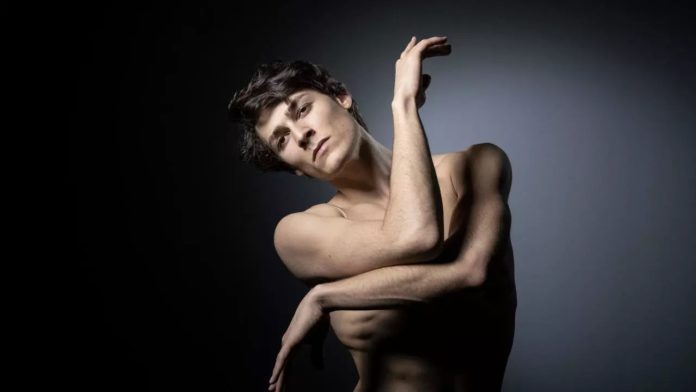PARIS, Feb 7, 2021 (BSS/AFP) – Sadistic teachers and murderous levels of
competition: from “Black Swan” to “Tiny Pretty Things” the world of ballet
seems a place fit only for psychopaths if its screen incarnations are to be
believed.
Real-world dancers in France take some exception to this, however.
“Yes, I’ve seen boys and girls take anti-inflammatories to dance and push
the pain to the limit, but that isn’t our daily lives,” said Allister Madin,
a dancer at the Paris Opera.
“And yes, there’s competition because it’s hard to get signed by a company,
but we aren’t killing each other. Peddling these cliches tarnishes the
reputation of dance.”
He said he couldn’t make it past the first episode of Netflix hit “Tiny
Pretty Things”, whose wannabe ballet stars are forever on the point of a
nervous breakdown, facing eating disorders, brutal rivalries and ultimately
even murder.
“It’s like there’s a checklist whenever someone makes a film or series
about ballet,” said Adeline Chevrier-Bosseau, who teaches American literature
and dance studies at Clermont-Auvergne University in central France.
“There’s always the physical suffering, with an obligatory close-up of
toenails coming off. There’s the fascination with the masochistic
relationship between teachers and pupils, or an ultra-pushy mother.”
Oscar-winner “Black Swan”, US series “Flesh and Bone” and even kids
favourite “Ballerina” have all recycled these tropes — which Chevrier-
Bosseau traces back to depictions in 19th century art and literature, such as
the Edgar Degas paintings of “les petits rats de l’Opera”.
“The ballerina is always either depraved or sexually repressed and does not
think of anything else,” said Chevrier-Bosseau.
– ‘Such fantasy about ballet’ –
Hugo Marchand, a star of the Paris Opera, has just released a book,
“Dancer” in which he tells of the anguish and passion that drove him from an
early age, and the tensions that do exist in companies, especially when it
comes to casting.
But he told France Inter radio this week that the popular image of
backstage antics is often wildly overblown.
“There’s such fantasy about ballet. We’re a lot calmer than people
imagine,” he said.
Some of the reputation stems from Cold War-era tales of cut-throat
competition among Soviet dancers — stories of dancers putting shards of
glass in their rivals’ pointe shoes, and suchlike. The acid attack on Bolshoi
artistic director Sergei Filin in 2013, in which a disgruntled dancer was
implicated, suggests the atmosphere has remained rather toxic in the Moscow
dance world.
Astrid Boitel, a former Paris Opera dance student, said the ballet world
bears part of the blame for its reputation, having fostered a culture of
secrecy, as well as silence around physical pain, that has only started to
lift this century.
“Just because it’s competitive — like any high-level sport — doesn’t mean
people are always trying to tear each other down,” she said. “I’ve always
felt a tremendous solidarity between dancers.”
She is artistic coordinator for a new French show “L’Opera” coming out this
spring, which she vows will show the “reality of the job”.
But she also admits “it doesn’t completely break with the myths”.



